Does the Queen Pay Her Fair Share of Taxes? It Helps to Have the Government on Your Side
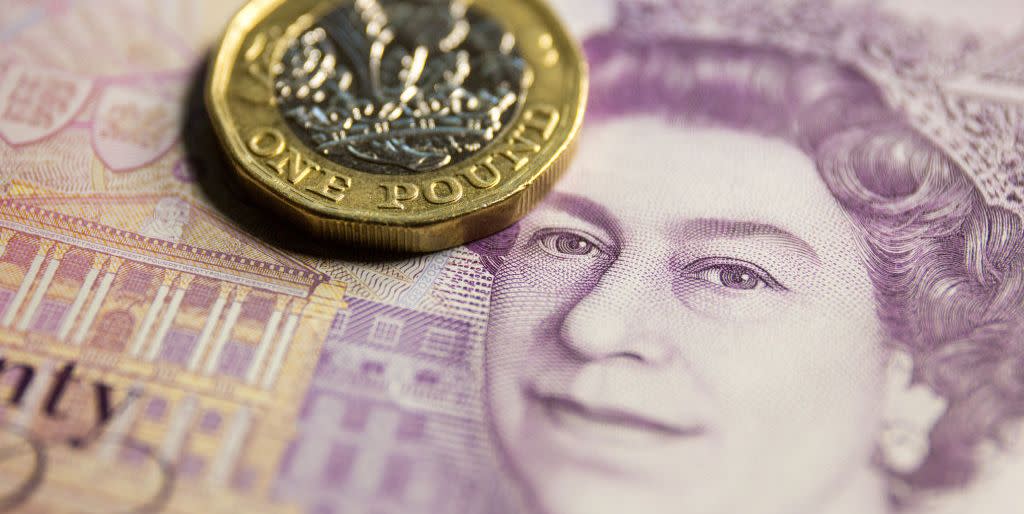
No one likes paying taxes and heads of state are no exception. This fact was hammered home last week when the New York Times reported that President Donald Trump, through a series of complex accounting moves, paid minimal tax while in office and even less before he was elected.
Usually governments do everything they can to collect money (Trump, in fact, is being audited by the IRS), but sometimes heads of state can avoid paying tax with the help of the state. For forty years, up until 1993, the British Queen enjoyed an income tax exemption thanks to the generosity of successive UK governments who played cat and mouse with Parliament and the media to keep the matter away from public scrutiny.
Why was it allowed in the first place and, more important, how much was it worth? Recently, some answers have begun to emerge from the vaults.
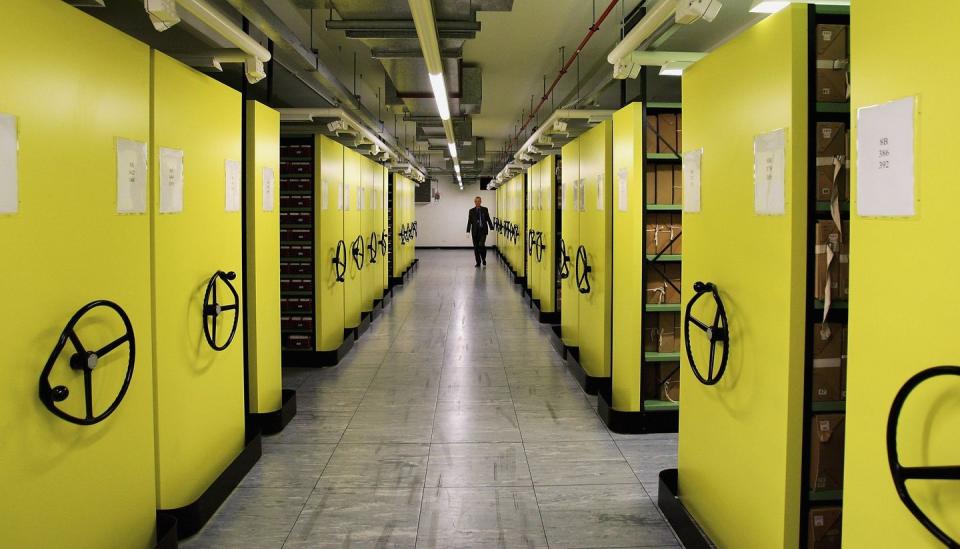
Panning for gems in the archives of the British royal family can be frustrating work given all the special privileges they are granted that prevent proper public scrutiny of their wealth, such as sealed wills and personal correspondence closed for a lifetime, but just occasionally you hit paydirt. After being refused more than 20 Freedom of Information requests while investigating the royal finances, I won one recently involving a cache of documents in the UK National Archives about a little-known 1989 review of the Civil List, the forerunner of today’s taxpayer-funded Sovereign Grant, which pays for all the running costs of the British monarchy. The jewel in the cache was an official UK Treasury paper that revealed that the monarchy was in part funded through tax breaks for the Queen.
“The State provides for the monarchy in two ways: first through explicit finance (currently votes and the Civil List) and secondly by foregoing tax on the Sovereign’s private wealth.” The indiscreet 1989 tax memo went on to spell out why this was significant: “In practice it should be noted that immunity from taxation has enabled the Government to pay a small Civil List confined to specific official aspects and thus keep the whole issue of financing the monarchy in a rather lower key than would otherwise be the case.”
Why was this disclosure such a big deal? Royal watchers had long suspected that the Queen’s special privileges might be granted for some ulterior motive, but here it was set out in black and white for the first time. The tax breaks were a backstairs way of funding the royal household and keeping its real cost under wraps.
A history of royal exemptions
The suspicion that the government was being less than clear with the public about what was really going on was confirmed by a related document. The December 1989 Review of the Civil List, chaired by the Treasury’s most senior official, Permanent Secretary Sir Peter Middleton, revealed that the true cost of the monarchy was almost ten times higher than the Civil List total and that any disclosure of the discrepancy would be embarrassing: “there will be an immediate contrast available between the £60 million plus [$90 million] to be met annually [the total cost of the monarchy] against the £6.5 million [$10 million] of the present Civil List. Whatever approach to Parliament ministers conclude is the right one, it is likely that the apparent scale of this “increase” will give rise to questions about The Queen’s personal wealth and issues of taxation.”
Another reason why the documentation is so important is that it solves the mystery of why the Queen was exempted from paying income tax in the first place. When she came to the throne in 1952, the government of Winston Churchill must have calculated that in those austere times, when wartime-like rationing was still in place, it could keep the Civil List down if it granted the new monarch tax breaks so that she would have extra money in her private purse to fund some of her public expense, which otherwise would have been paid for by the taxpayer.
The key then—as it was in 1937 when her father George VI became the first sovereign to be granted a full income tax exemption as compensation for the financially ruinous abdication settlement which saw him having to pay much of the Duke of Windsor’s large annuity out of his own pocket—was that the public grant was kept at a politically acceptable low level. At all costs, the government wanted to avoid a parliamentary row over how much money was going to the monarch.
But in 1992 and 1993, as anti-monarchist feeling grew with the ITV investigative program, World in Action, revealing that the Queen’s income tax exemption had no historical or constitutional basis, and the Daily Mirror newspaper calling her “Britain’s biggest tax dodger,” Prime Minister John Major was forced to bow to popular pressure and end the waiver.
Its main benefit had been to her investment income—and particularly to her share dividends, an extra luxury that had not been granted her father. As the 1989 Treasury memo reveals, “she is entitled to claim repayment of any income tax suffered at source e.g. on company dividends” and this indeed is what she did, as another newly-unearthed tax memo from 1959 confirms: “shortly after the accession of the present Queen repayment was claimed back to that date, and the Treasury agreed that it should be allowed. Similar claims are now made at regular intervals and the tax deducted is repaid.”
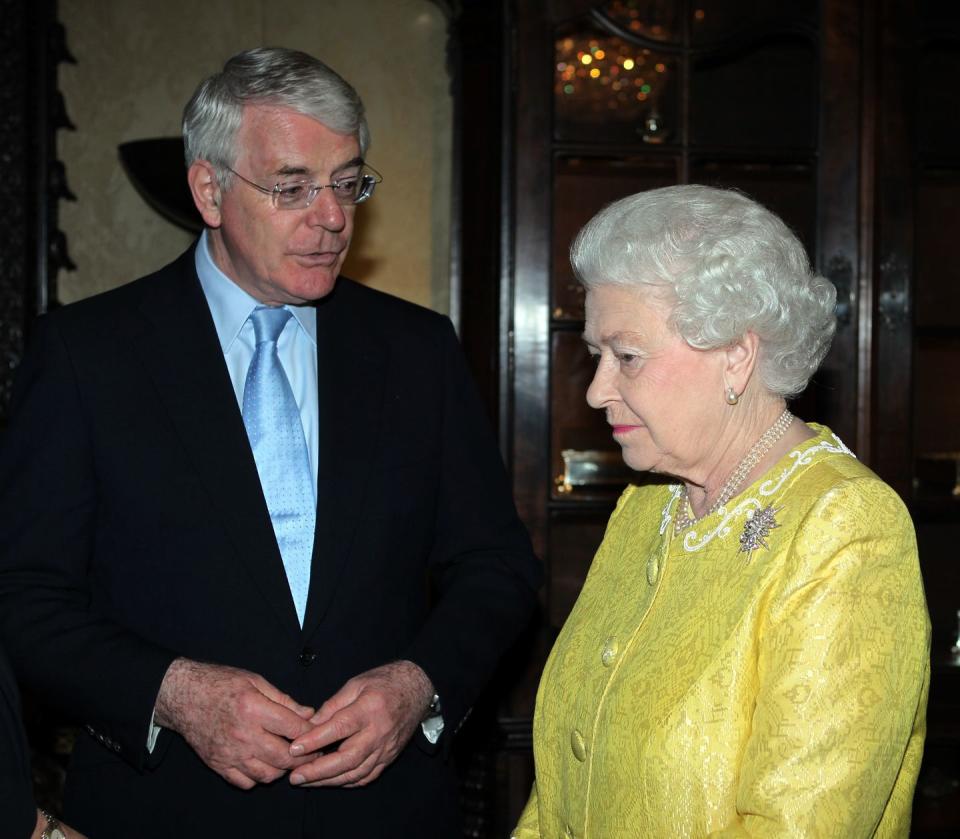
So how valuable was the tax waiver? It all depends on how large was the initial investment, but one study by investment statisticians at Barclays Capital suggested that it might have been well over $150,000 in 1952 (when taxes on dividends ranged between 47.5% and a whopping 97.5%) and then added to as the private income grew during her reign, turning over time with compound interest into a lucrative rolling snowball. If estimates are true that her share portfolio was later worth tens of millions of dollars (the Sunday Times Rich List put it as high as $140 million in 2018) then the 40-year tax dispensation could have saved her a seven-figure sum.
A broad estimate like this is of course based on certain assumptions about UK tax rates and UK stock market returns. Assuming a share portfolio worth each year on average $10 million during the 1952-1992 income tax exemption and assuming an average annual yield of 5% (i.e.$500,000) with tax at 20% (i.e. $100,000), over the 40 years of the waiver this could have produced a tax saving of $4 million ($100,000 X 40).
The money for the investments would probably have come from the profits of her private ancestral estate the Duchy of Lancaster, which, since 1952, have risen in real terms by an astonishing $20 million and since 2000 in cash terms by a factor of three. This revenue has been boosted by the fact that the Duchy pays neither capital gains tax nor corporation tax—even though it acts like a company. A 2005 report from parliament’s financial watchdog the Public Accounts Committee was highly critical of “this favourable tax position” and called on the Treasury to justify why the Duchy was given a potential competitive advantage “in the property and other markets in which [it] operates.” Ian Davidson, a Labour MP on the committee said, “the royals just don’t get it. They think the rules that everyone else lives by just don’t apply to them.”

Death and taxes and British monarchs
But the biggest tax break concerns death duties with the 1989 secret tax memo stressing that “the Queen is not liable to… inheritance tax.” The situation was made public by John Major’s 1993 tax reforms when a new Memorandum of Understanding spelled out that no estate tax would be charged on transfers from the sovereign to their successor or from the sovereign’s spouse to the new sovereign. The Prime Minister explained that the exemption would protect national heritage property (presumably Balmoral and Sandringham) and prevent royal assets from being “being salami-sliced away by capital taxation through generations,” a point echoing a warning made in the 1989 Treasury paper that, “while most of the works of art etc are tax free, a future liability in respect to the Queen’s other wealth holdings could conceivably lead her or her successors to dispose of part of the Crown’s national heritage collection.”
With estate tax later to rise to as high as 40%, this was a major concession in every sense. In fact, one of the Queen’s biographers described the tax break as "crucial: without it the royal family and their way of life would not survive the end of Elizabeth's reign."
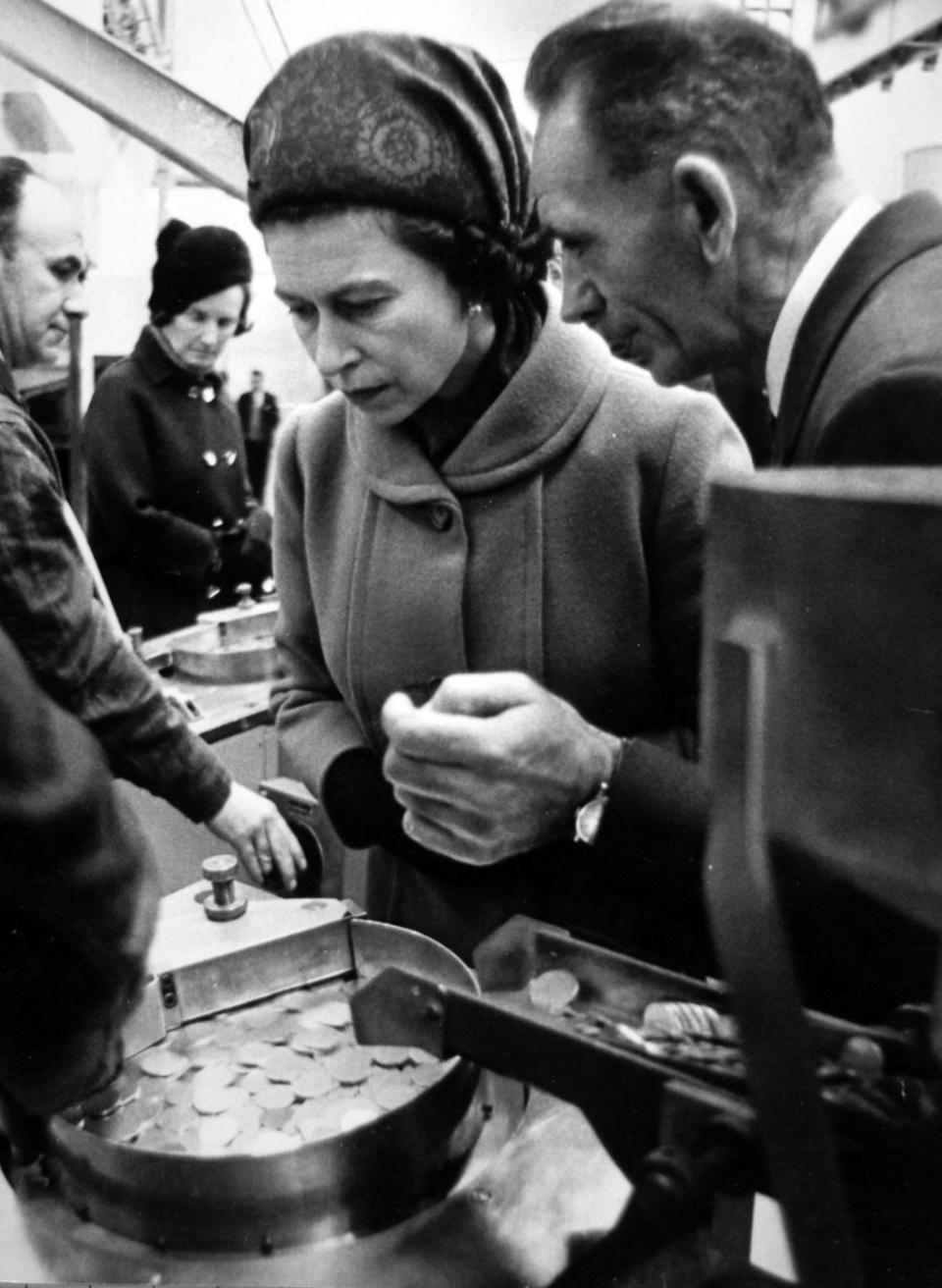
Its value was soon shown when the Queen Mother died in 2002. The estimated value of her estate, which included her fabulous collection of paintings, was $75 million and although, as an 101-year-old, she had no shortage of family relatives for bequests, she left her entire fortune to one person—the Queen—who under the 1993 Memorandum happened to be the one person who could inherit it tax free. The saving to her daughter in death duties was calculated at $30 million. One of the most expensive items of her estate was a Monet painting called Study of Rocks: Creuse, valued at $10 million, although how a work by a French artist of a French scene bought in France could ever classify as an item of British national heritage is a moot point.
The death duties exemption allowed the Queen to inherit Balmoral and Sandringham tax free from George VI and almost certainly those two valuable estates, worth around $130 million, will be passed on to Charles in the same manner. More than likely the Queen has already done some estate planning to allow other close family members to inherit some of her private fortune with the minimum of tax. Many years before she died, the Queen Mother is believed to have put around $30 million into a family trust for her great-grandchildren and no doubt Prince Harry, and Princesses Beatrice and Eugenie. Others will be expecting something similar from “Granny.”
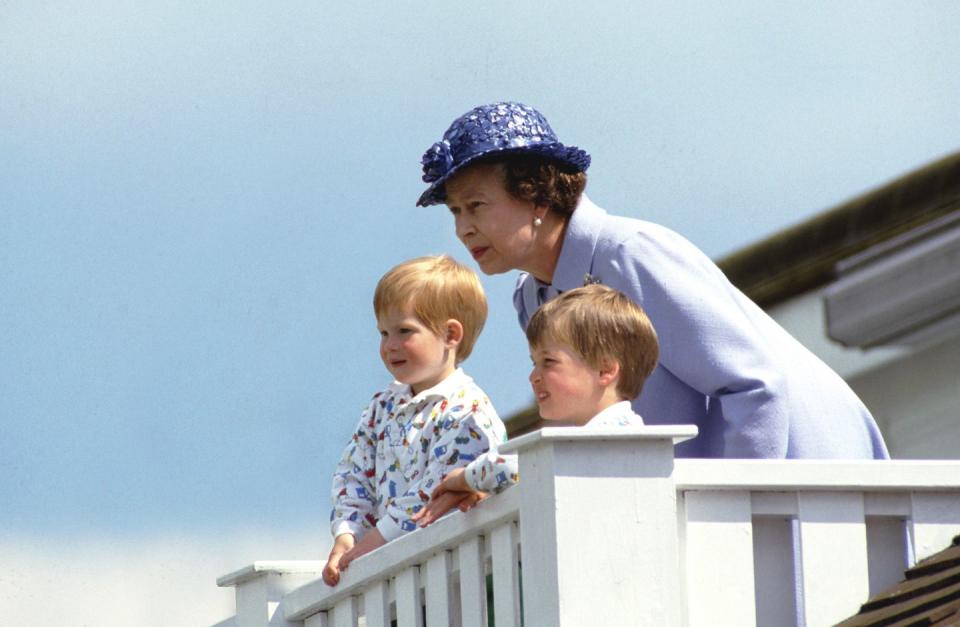
So, is the death duties waiver in its death throes? It certainly seems to play no part in Charles’s vision of a slimmed down monarchy, and if it took four decades for the Queen to be persuaded to pay income tax, we might have to wait a generation or two before King William or George agrees to pay his full whack of estate tax.
You Might Also Like

